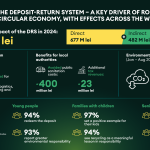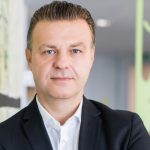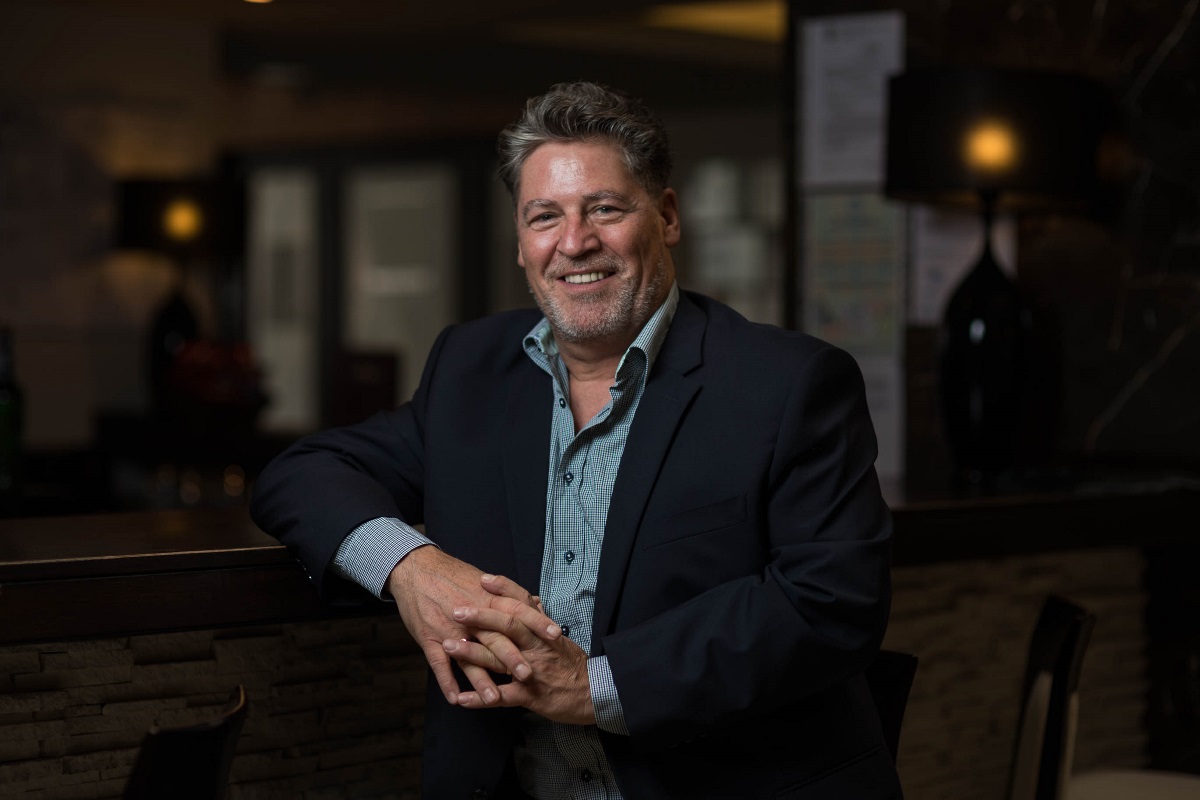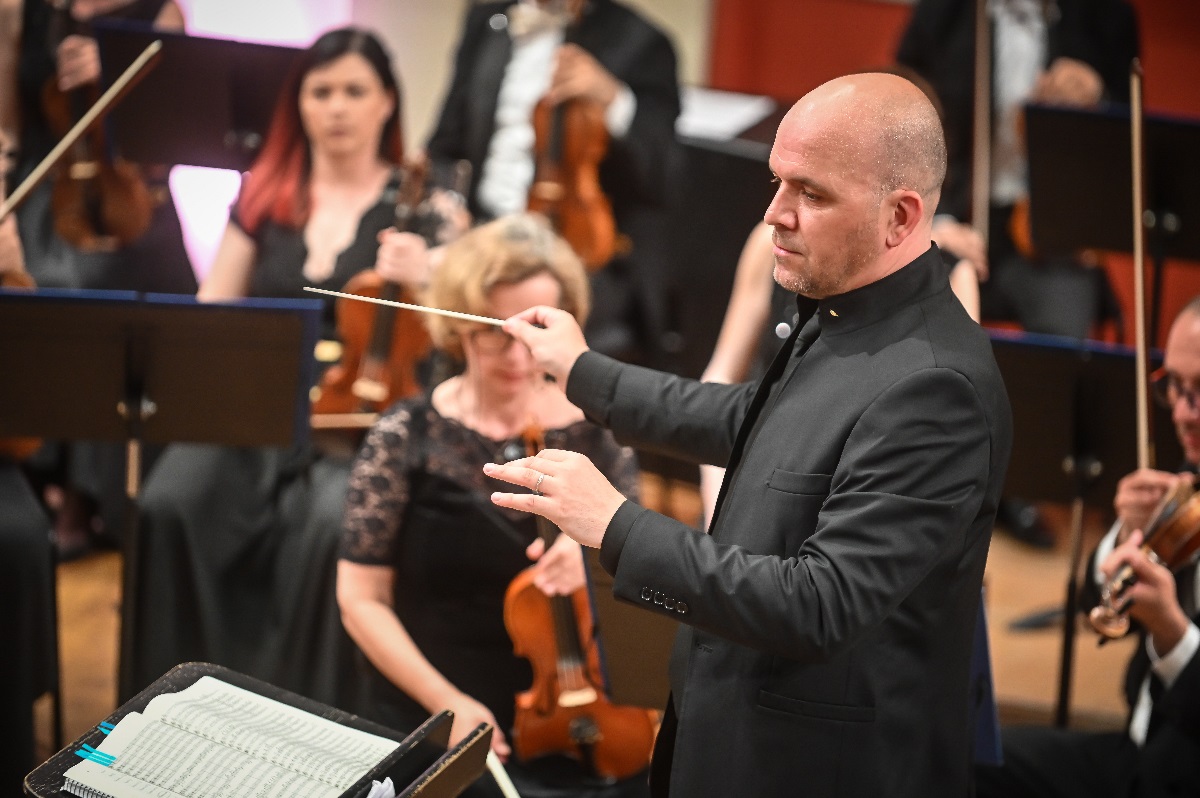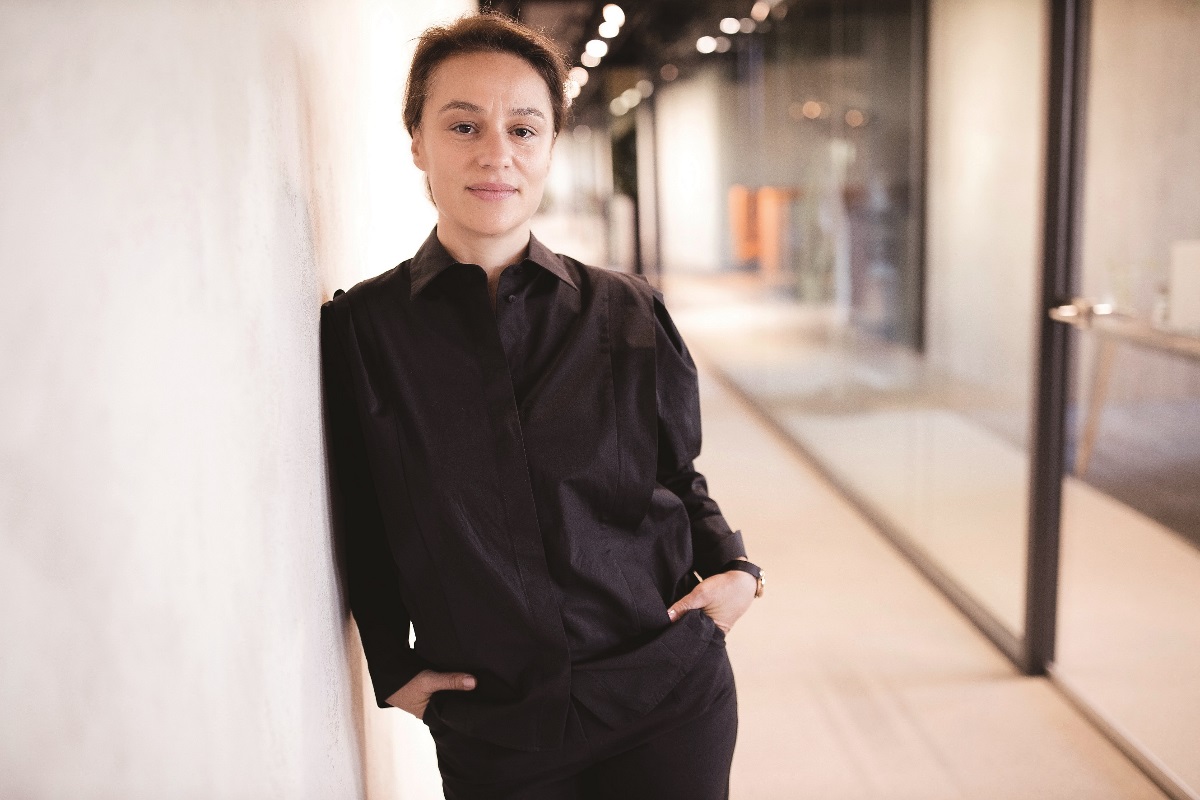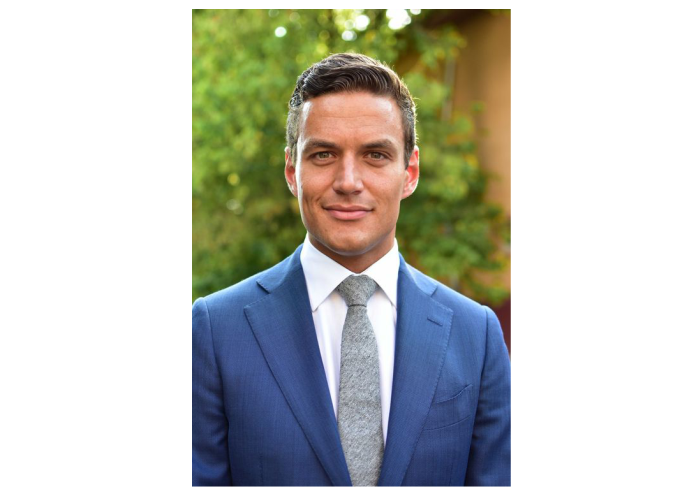
Tom Leene, Gkn Fokker: Two of the Major Reasons Why We Chose to Invest in Romania Were the Long Aviation History and the High Skilled Workforce
Tom Leene is the Director of GKN Fokker Engineering Romania and the President of the Netherlands Romania Chamber of Commerce (NRCC). Although at 34 years still relatively young, he has spent a considerable time of his professional career abroad and has now lived in Romania for over three years. Next to Aerospace, he has a passion for sports and does a lot of running, cycling and triathlons.
What is the profile of GKN Fokker Engineering Romania and its main fields of activity? What important customers are part of the company’s portfolio?
GKN Fokker is part of GKN Aerospace, which is one of the big tier one suppliers in the world to Aircraft Manufacturers like Airbus and Boeing. Our office in Romania is a major engineering hub for the company and we primarily focus on designing and validating structural parts for new aircrafts. We have an experienced, high skilled engineering team that for instance designs the tail of the new F6X Dassault Business Jet, the flaps on the Airbus A350 and the tail and wings of the new Eviation Alice all electric aircraft. GKN Aerospace is heavily investing in new projects in sustainable flight developing the aircraft of the future. This is further stimulated by the EU CleanSky initiatives aimed at making the aerospace industry more environmental friendly and reducing our carbon footprint. A majority of these projects are performed with the help of our Romanian engineers. Next to this, our engineers support the production facilities worldwide and also the „flying fleet” in any material issues they might have. If an Airbus A380 anywhere in the world is faced with a bird-strike causing damage to the wing, there is a good chance that our engineers get a phone call to identify how they need to repair it.
How easily do you find specialized engineers and how do you evaluate the potential of the Romanian market, compared to other states in the region?
Aerospace has a long history in Romania with a significant impact on the industry today. Pioneers as Aurel Vlaicu and Henri Coandă are well known and have started a healthy aerospace sector in the country. We started here in 2004 and two of the major reasons why we chose to invest in Romania in the first place were this long aviation history and the high skilled workforce. The engineers graduating from aerospace faculties in, for instance, Bucharest and Brașov, are well educated, skilled and eager to show their competences. Required experience however is always an issue for us since we operate in such a niche market. We deal with this by trying to be involved in the education programs from the very start. With the University Politehnica of Bucharest, for instance, we have a fruitful partnership in which we host students for internships and MSc/BA thesis and we even provide guest lectures by our senior engineers at the university. This is a long-term commitment, but it helps us tremendously in finding skilled engineers ready for the future. The partnership is well appreciated by the university as well as our company, as it bridges the gap between theory and practice.
To what extent does the coronavirus pandemic affect your industry and what are the effects on your company?
I think it is pretty obvious that COVID-19 has hit the Aerospace Industry extremely hard worldwide and the effects of which will be noticeable for years to come. As airliners stopped flying and aircraft were grounded, the impact was felt immediately as, for instance, maintenance and spare parts were not needed anymore. However, it doesn’t stop there. In such a capital intensive industry all players immediately start to identify ways of saving money and many longer terms projects and innovations were cancelled or postponed, creating reserves to overcome the current situation. Our company in Romania is working on an aircraft that will be used 5 to 10 years from now and many of these projects shared the same faith. The uncertainty of the duration and future outlook does not help in this and we forecast a long and slow recovery.
What was the evolution of the company’s turnover this year and what are your forecasts for 2021? What measures have you implemented to continue to operate safely during this period?
When the pandemic started, we have taken immediate, drastic measures to adapt to the new reality. Firstly, we needed to make sure everyone was safe and could continue their work in a safe manner. We have succesfully transitioned to working from home when possible and have adapted a new way of working together in the office. We identified our future needs and have sized our workforce accordingly. These measures were painful, but necessary. The company in Romania survived without the need of government support schemes and the forecast for 2021 is positive. I believe our quick response has helped us be ready for the new reality and we can look to the future again.
What are the company’s development plans for the Romanian market, in the short and medium-term?
We expect a slow and steady recovery of our industry, so for the short and medium-term future we predict the same for our plans here in Romania. We continue to work on the aircraft of tomorrow with an emphasis on sustainable flight. On the longer-term term horizon, one of the biggest innovations, not only for us but for the whole industry, will be the eVTOL (electric Vertical Take-Off and Landing) aircraft. I truly believe that these smaller aircraft that can lift off and land pretty much anywhere, will radically change our urban mobility landscape in the next decades. These aircraft need to be designed and developed and these will be great opportunities for us.
You are also the president of the Netherlands-Romanian Chamber of Commerce (NRCC). What are the advantages of our country in attracting Dutch investments? On the other hand, what are the challenges here and how can the local investment climate be improved?
Indeed, I am the president of the board and an active member of the NRCC, an organization aimed at developing the bilateral trade between Romania and The Netherlands. Dutch businesses are among the biggest investors in Romania, clearly indicating the potentials the country has. Not only large companies have set up their business here, but there is also a significant small and mid-sized business community. This creates jobs, but also increases Romanian partnerships and develops new entrepreneurs. I believe that Romania has many benefits that make the country a great place to invest. The high skilled workforce speaks out, but also the proficient level of English, the excellent internet infrastructure and the EU membership count. Before the current pandemic, one of the pressing challenges was the tightening labor force. The positive economic outlook and the significant „brain drain” by young high-educated people leaving the country back then, were a real threat on business continuation. One can only imagine that when we „return back to normal”, this soon becomes an issue again. The best way to improve this and maintain a good business climate is by creating a stable environment for business nationwide with long term policies that are clear and transparent. Companies that want to invest in Romania do this for the long-term and are in need of a predictable climate. Our company for instance has been here for over 15 years and I can guarantee you that we will be here still 15 years from now.
An Interview by Ioan Dornescu
Share
Share








